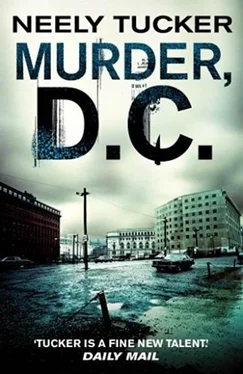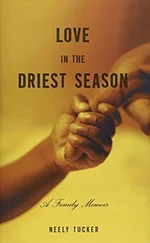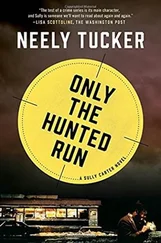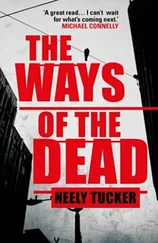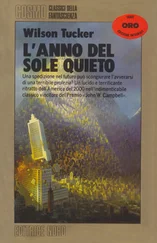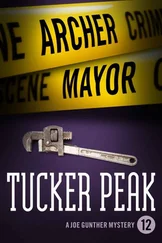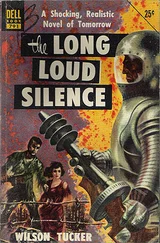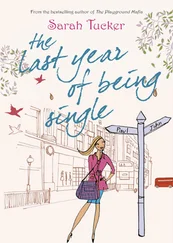“Dr. Young, hey now,” Sully said, sliding into a chair, phone and bourbon safe, reaching for his notebook. “It’s Sully Carter, at the paper. Calling about Frenchman’s Bend this time. Slave depots in antebellum D.C. Working on a story. Talk to me.”
Before he could get the top off the pen and open the notebook, Young harrumphed into the phone and said, “Is this about Billy Ellison?”
Sully squinted one eye shut. He hadn’t thought before dialing. Young had been born in D.C., never left, studied at Howard, then taught there, still lived in the Shaw neighborhood, a nice three-story row house. Had known Ellington, been onstage at the March on Washington, was longtime friends with Shirley Horn… He wasn’t about to piss off Delores Ellison, who had probably given him a grant for half of his career, for a cause no better than a quote in a newspaper story.
“You read the paper,” Sully said, rolling with it, trying to make it work. “Yes. Ellison. Sure. It’s about Billy Ellison. And Frenchman’s Bend. The history.”
“Billy was killed in the Bend?”
“It appears so, though I can’t quite print it yet.”
“I feel badly for Delores,” Young said. He was emeritus these days, worked out of his home office. Sully could hear the man stirring about. A microwave beeped and started humming. His standard morning tea, for which he was famous. “I met Billy once or twice. In passing, at one function or another. William, his father, was of course a wonderful man.”
“Of course.”
“Did you know that Delores’s great-great-grandfather, Nathaniel Ellison, was founder of the Washington Trust Bank, in the late nineteenth century? First black-owned bank in the city, if not the region?”
“I had heard that,” Sully bluffed, scribbling fast to keep up, working in a sip from the drink. “Seems to have made a mint.”
“The richest black man in the city, in his day. One has to marvel at the accomplishment, a black making money when the controlling interests hated the very idea.”
He paused, Sully hearing the microwave door click open, the scuttlings of saucer and tea and milk. “So they know Billy was actually in the Bend when he was killed?”
“Unofficially, yes. Officially, not yet. Blood tests coming back, they found his shoe there, you’d have to believe it washed up on shore by accident… Look, the piece I’m doing, it’s a nonstory if Billy wasn’t killed there. This is for Sunday. The police will have confirmed it or not by then. I’m just legging it out here, and you’re the guy who wrote all the books on the history of the city, so, I’m just looking for an informed source who can-”
“Can what?”
“-talk about, well, okay, slavery in the city, back in the day. All I know is that the Bend was a scary place, some sort of slave house, portal, what have you.”
“Is that the sum total of your knowledge?”
“On this?”
There was a sigh, followed by a long pause.
“I’m sure it’s old hat to you,” Sully said, looking up at the ceiling, “but I really don’t think-”
“The Bend was part of a very complex economic system,” Young said, sounding tired, an umph escaping his lips, Sully picturing the man sitting down at the kitchen table. “So. As I told my students, the ones who knew even less than you. Take the black and white out of it. Don’t confuse your modern thinking with yesterday’s. This was about profit and loss. It was trading in livestock, like cattle, sheep.”
“If you say so.”
“I do.”
“Okay.”
“Write that down: This was about profit.”
“I already did.”
“Now. The Bend wasn’t the only slave house in the area, that’s primary. You can’t think this was some special hellhole. There were several slave portals along the river and in the city proper. This is after 1807 and, for our purposes here, before 1850, you understand? It’s important. The international slave trade was outlawed by the U.S. Congress in 1807. The importance here is that it made African Americans already here much more valuable, because there wouldn’t be any more imported. Or not many, in any event. The domestic trade in slaves became all the more important.”
“Right.”
“So then. In our nation’s lovely capital, the District, the domestic slave trade was outlawed, again by Congress, in the Compromise of 1850. Slavery itself continued to be legal in D.C. until the reign of Lincoln, until April 16, 1862.”
“That’s the Emancipation Proclamation?”
A sigh.
“No. That much misunderstood document-which did not, for the record, end slavery in the United States-was still nine months away. This is the D.C. Compensated Emancipation Act.”
“Ah.”
“But here we’re talking prior to 1850. When one could buy and sell slaves in the shadow of the Capitol. There were several such facilities. There was one, in a yellow house just behind what is now Independence Ave., about where the Department of Agriculture sits, but the exact location is disputed. They had a fence of wooden slats around the perimeter. Passersby wrote letters describing the place, shanties and poles, fingers wiggling through the boards. This is in full view of the Capitol even now, particularly so then. It is, I would surmise, half a mile. Downhill. In plain view.”
“Jesus.”
“It is your people, not mine, who-”
“I thought we were taking the white and black out of it.”
“-were trafficking in, no, you’re interrupting. But to the point: No other portals, locally, compared to the Bend. Infinitely bigger, infinitely worse. It was a holding pen for slave ships. It was often used as an adjunct of Franklin and Armfield, the slave-trading outfit across the river in Alexandria. You know of Franklin and Armfield?”
“Just the name.”
“One of the largest slave-trading houses in the nation. It’s a museum now. Thousands of slaves they sold down south. They used ships for slaves headed far down the coast, around Florida, up to the Gulf states. Those ships often docked at the Bend. But the Bend, it was larger than that. It was a staging, a holding point, for other slave houses. You could have hundreds of slaves penned up there, waiting for weeks and months.”
“Sweet baby Jesus.”
“As I noted earlier, African-Americans were, at the time, high-priced cattle and hogs. You could buy them in a lot, you could walk up and buy them one at a time. They had auctions the first Saturday of every month.”
“So there were trading blocks, like that?”
“Before 1850? Perhaps, but I don’t know about actual blocks. It was more of a small wooden stage they’d have slaves stand on so that the crowd could see. The Bend was isolated, out from the other wharves, from other buildings or houses along the southwest waterfront. It was an open area blocked off by a very high brick wall, almost like the fort that exists today, to the south. Inside the Bend’s perimeter wall were one or two brick buildings and a wooden shack or two, and a pier for loading ships. The slave narratives of people who were there are scattered but shocking, even for the period. Rape, sodomy, the most base forms of humiliation and violence.”
“Who ran it? Franklin and Armfield?”
“No. A man named Delacroix. A merchant who immigrated from Paris. Hence the name.”
“What became of him? The place, the business?”
“He died soon after the war started. The Civil War. The business had been all but killed by the Compromise of 1850, but even as a holding ground it totally collapsed after the war, of course. The outer brick wall was demolished shortly after Lincoln’s assassination. The rest just rotted and fell apart.”
“What about later, though? Why hasn’t the city done anything with it? It would seem-”
Читать дальше
